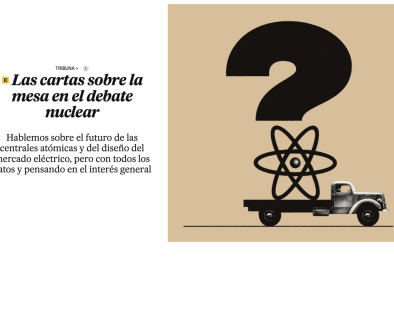Assessing the distributional effects of real-time pricing for electricity
Electricity prices are at record highs, imposing large costs for households that vary across the income distribution. This begs the question of how the distributional consequences differ across alternative energy policies. This column compares time-invariant prices in Spain to real-time pricing policies, i.e. prices that reflect the changing costs of meeting electricity demand, using a novel method to estimate household incomes. Switching from time-invariant to real-time pricing gives rise to regressive effects, as low-income households use more electricity during the winter, during which prices are higher. This dominates the fact that high-income households consume disproportionally more electricity during within-day peak hours.
You can read the full article of Natalia Fabra and Mar Reguant here.




